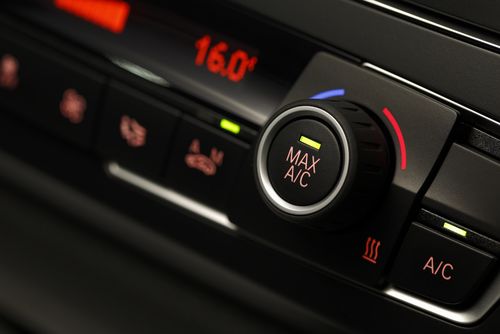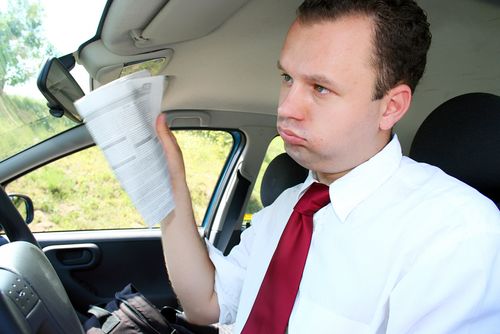THESEUS‑FE in the Automotive industry
THESEUS‑FE originated as a tool at car manufacturer BMW. Even today, most of our customers come from the automotive industry. The evolution of our software takes place in close cooperation with automotive customers, thus guaranteeing a product that precisely serves their needs. THESEUS‑FE is applicable to most thermal management problems that arise in the automotive design process.
Application cases for THESEUS‑FE in the automotive sector include:
- Compartment climatization
- Passenger comfort
- Thermal reliability of components
- Underhood and underbody thermal analyses
- Headlight cooling
Compartment Climatization

Air conditioning of the passenger cabin is mostly about countering environmental conditions with appropriate HVAC systems. The challenge is to keep the cabin at comfortable conditions and to negate the effect of a cold or hot day, especially solar radiation. Various materials are investigated for their applicability in the car body. Different glasses and glass coatings are tested for their influence on the radiative energy transport into and out of the cabin. Climatization concepts are developed with the target of improving the comfort while reducing the required energy.
Doing these test virtually with THESEUS‑FE drastically reduce the cost in developing modern car climatization concepts.
See more about the applicability of THESEUS‑FE for car climatizationThermal Passenger Comfort

The ultimate goal compartment climatization is guaranteeing thermal passenger comfort. This is why THESEUS-FE is delivered with the integrated virtual human thermal model FIALA-FE. Its task is to simulate the thermophysiological behavior of the human body, including response mechanisms such as sweating and shivering. Various models are available to judge the comfort state of the virtual thermal manikin. This allows quick and easy conclusions if a given cabin environment is judged to be comfortable or not.
Read more about the evaluation of thermal passenger comfortElectromobility

For electric vehicles new thermal challenges arise, for example keeping the battery at a proper operating temperature. Since battery capacity is limited every tiny energy demand aside from keeping the car moving is put on the scales and judged again. Experience has shown that the energy consumed using traditional HVAC approaches may lower the effective range by up to 30%. Obviously innovative air-conditioning concepts and novel materials need to be investigated.
Read more about the use of THESEUS‑FE for electromobility applications

